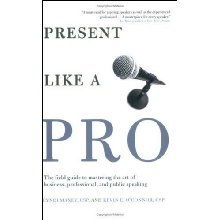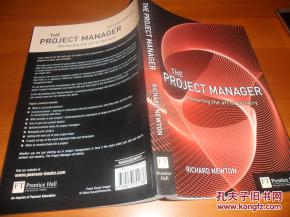Content:
Fishing, an ancient pastime that has stood the test of time, requires a blend of patience, skill, and knowledge. One crucial aspect of fishing that often goes overlooked is the ability to accurately measure water depth. Understanding the depth of the water where you are fishing can significantly enhance your chances of success. In this article, we will delve into the essential techniques for measuring water depth while fishing, ensuring that you are well-equipped for your next outing.
Using a Fishfinder
The most advanced and reliable method of measuring water depth is by using a fishfinder. A fishfinder is an electronic device that uses sonar technology to detect and display the depth of the water, as well as the presence of fish and other underwater structures. Here's how to use a fishfinder effectively:
- Calibrate Your Fishfinder: Before you start fishing, ensure that your fishfinder is calibrated to the specific type of water you are fishing in. This will help in obtaining accurate depth readings.
- Adjust Sensitivity: Adjust the sensitivity of your fishfinder according to the water conditions. In murky or shallow waters, you may need to lower the sensitivity to avoid false readings.
- Use the Sonar Beam: The sonar beam emitted by the fishfinder will show you the depth of the water. The distance between the sonar transducer and the bottom of the water will be displayed on the screen.
- Identify Structures: Besides depth, a fishfinder can also help you identify underwater structures like rocks, weeds, and drop-offs, which are crucial for successful fishing.
Using a Depth Finder
If you don't have a fishfinder, a depth finder can be a great alternative. Depth finders are simpler devices that only measure the depth of the water. Here's how to use one:
- Attach the Depth Finder: Attach the depth finder to your fishing rod or line. Ensure that it is securely fastened to avoid it falling off during your fishing trip.
- Submerge the Device: Once the depth finder is attached, lower it into the water. It will start measuring the depth immediately.
- Read the Depth: The depth finder will display the water depth on a small screen or indicator. Take note of the depth as you fish, as it can help you determine the best spot to cast your line.
Using a Weighted Line
Another traditional method for measuring water depth is by using a weighted line. This method is particularly useful when you are fishing in clear water where a fishfinder or depth finder may not be as effective.

- Prepare the Line: Tie a weight to the end of your fishing line. The weight should be heavy enough to reach the bottom of the water but not so heavy that it pulls your line down too quickly.
- Lower the Line: Cast your line into the water and let it sink to the bottom. As it sinks, count the seconds it takes for the weight to reach the bottom.
- Calculate the Depth: Once the weight reaches the bottom, multiply the number of seconds it took by the length of your line. This will give you the depth of the water.
Using a Float or Buoy
For those who prefer a more hands-on approach, using a float or buoy can be an effective way to measure water depth.
- Attach the Float: Tie a float or buoy to the end of your fishing line. The float should be large enough to be easily visible on the surface.
- Lower the Float: Cast your line with the float attached and let it sink to the bottom. As it sinks, you will be able to see how deep the water is by the distance the float travels.
- Mark the Depth: Once the float reaches the bottom, mark the depth on your line or take note of the distance it traveled.
Using Local Knowledge
Lastly, don't underestimate the power of local knowledge. Often, seasoned anglers can provide valuable insights into the depths of the water they fish in. Ask around at your local tackle shop or join a fishing forum to gather information from experienced anglers.
In conclusion, measuring water depth while fishing is a skill that can greatly enhance your fishing experience. Whether you choose to use a fishfinder, depth finder, weighted line, float, or rely on local knowledge, understanding the depth of the water you are fishing in can help you make more informed decisions and increase your chances of catching fish. Happy fishing!












